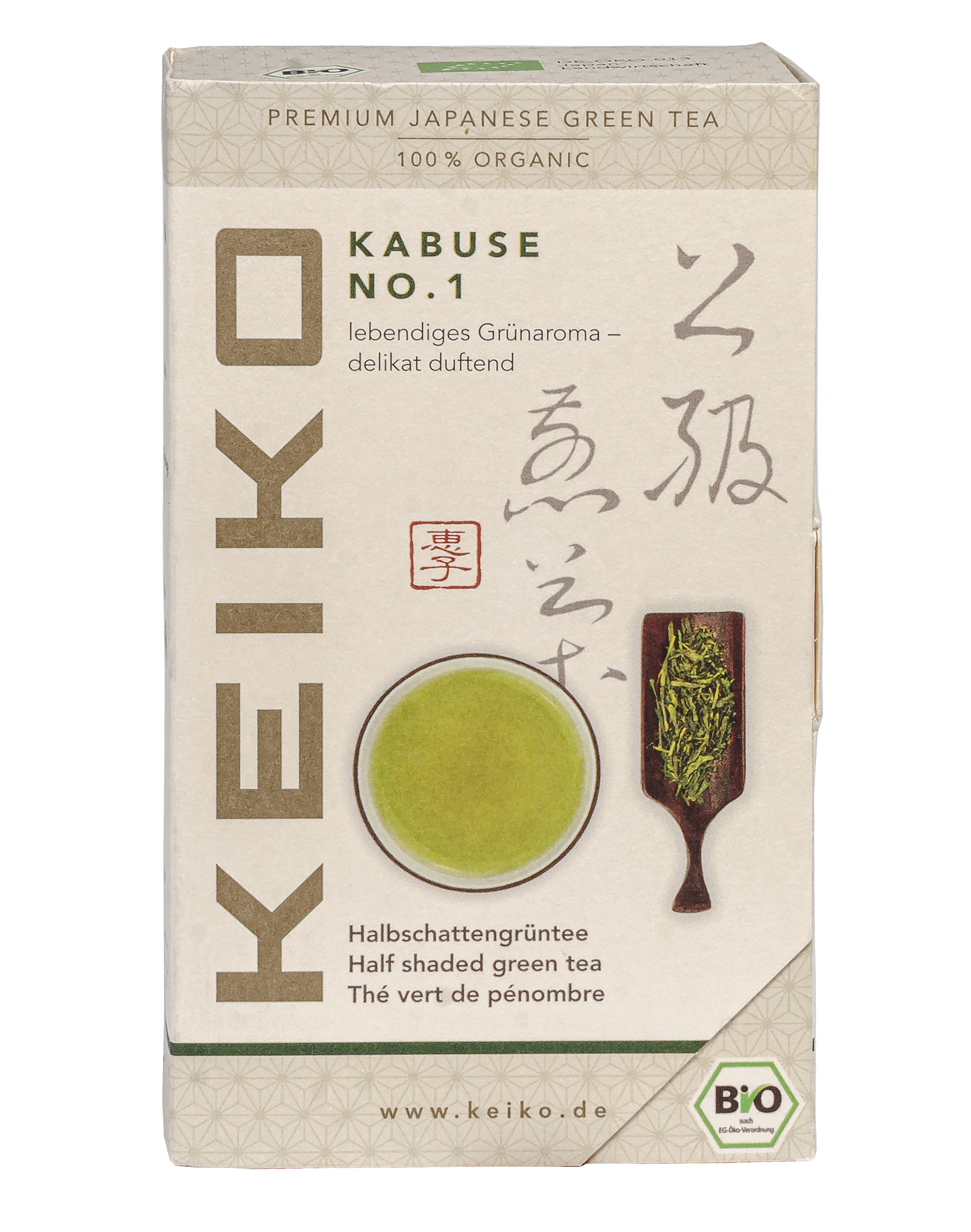
Keiko
Japanese green teas Keiko come from the island of Kyushu in the very south of Japan with the capital city of Kagoshima − that is why they are called the Kagoshima teas. With 8,000 hectares of tea gardens, it is the second-largest tea-growing area in Japan. The hot local climate and high humidity are very good for tea growing. Like in other parts of Japan, tea shrubs are partly covered with special kabusé nets for around ten days before the harvest. The nets let in only half of the sun's rays. Such artificially created semi-shade resembles the conditions in which wild tea grows. Shaded tea produces more active substances in the leaves: chlorophyll, vitamins, and amino acids. Such tea is more aromatic, fresh, and not so bitter.
More...All the Keiko teas are grown in the gardens of the family company Shimodozono, founded in 1954. More and more space is given to organic tea growing, which is where our teas come from. This controlled ecological agriculture produces the best teas with the designation Bio, which are grown here under strict hygienic conditions, without the use of chemical fertilizers and pesticides.
The harvests
take place in three main periods. The first flush is from mid-April to the end of May, the second flush in June, and the third in July. Generally, the earlier the harvest, the higher the quality. The best teas, Soshun and Shincha, come from the April harvests.
The processing of Japanese teas
is highly specific and differs in many ways from the way any other green tea is processed. The oxidation process is terminated by hot steam directly after harvest. Tea is steamed in large steamers, which neutralizes the fermentation enzymes. Depending on the length of the steaming, teas are divided into High Steam teas (longer steaming) and Low Steam teas (shorter steaming). High Steam teas are typical for more brittle, not-so-breakable leaves, a less clear infusion, and a fuller taste. Low Steam teas have lighter and clearer infusion and longer, needle-like leaves. Thanks to the steaming process, Japanese teas acquire their specifically fresh, slightly vegetal, sweet grass taste and scent. It also allows the leaves to retain as many active ingredients and vitamins as possible.
Then, tea is pre-dried at 30–40 °C, then rolled and pressed, and then finally dried at 90 °C. The result is called Aracha – raw tea. It is then packed into larger packs and either sold or stored in refrigerator boxes at -17 °C. In the course of the year, Aracha is processed into the types of tea we know. Thanks to the storage of raw tea at these extremely low temperatures, the tea that arrives at our tables during the year are relatively fresh.
Preparation of green Japanese teas
The taste of tea is influenced by many factors: water quality and temperature, tea ware, the amount of infused tea, and the length of infusing.
Boiling water is used to warm up the teaware, which cools it. Put tea leaves into a warmed-up teapot. Use around 7 grams of tea per a common, 150–250ml, Kyusu teapot. Pour over with water cooled to approximately 70 °C and steep for one minute, then pour into prepared cups. Further infusions are brewed with water of the same temperature, only it is strained after a few seconds.
However, this is a mere recommendation. Do some experimenting and find your own way of tea brewing.
In best quality teas, a larger quantity (10–15 g) of tea leaves can be rinsed with water cooled to 40–50 °C and steeped for 5 minutes. The infusion is then poured drop by drop into miniature cups. This gives a completely different result than the regular way of brewing. Further brews are prepared in the same way, only the water temperature raises by 5 °C with every new infusion.
.jpg)


.jpg)
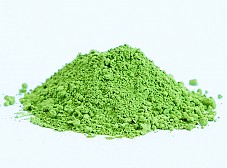
.jpg)

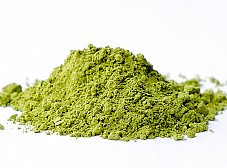
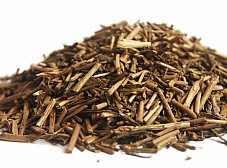
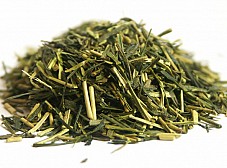
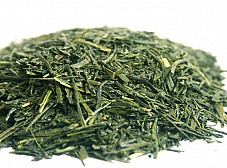

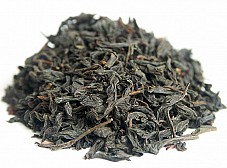

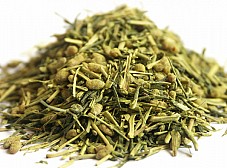


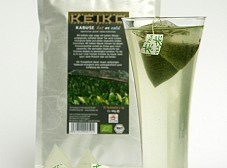
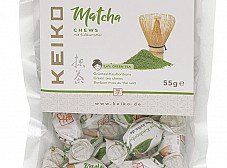
.jpeg)